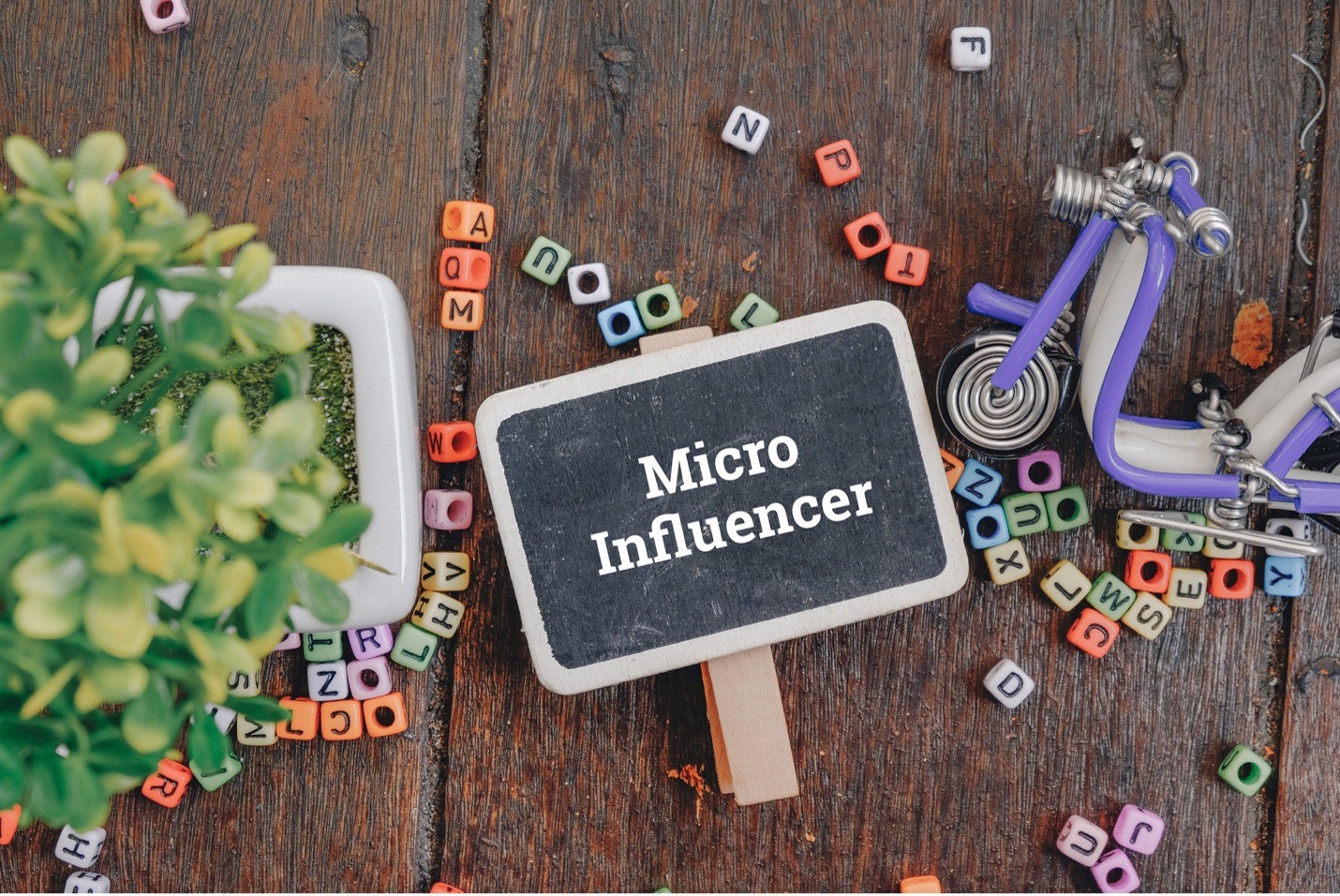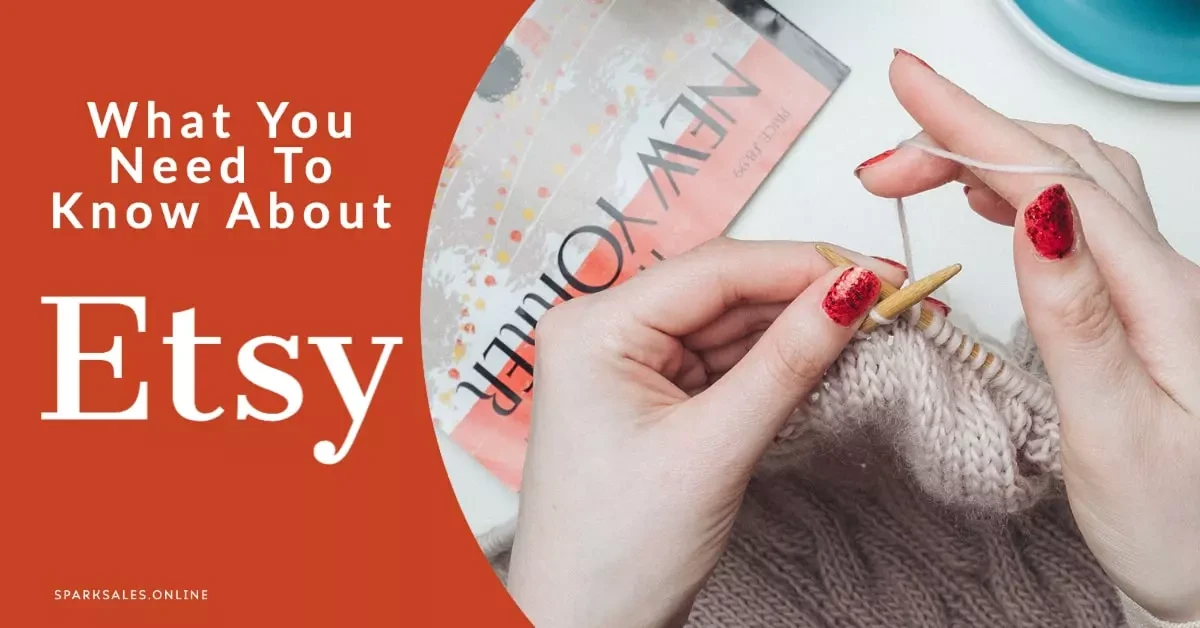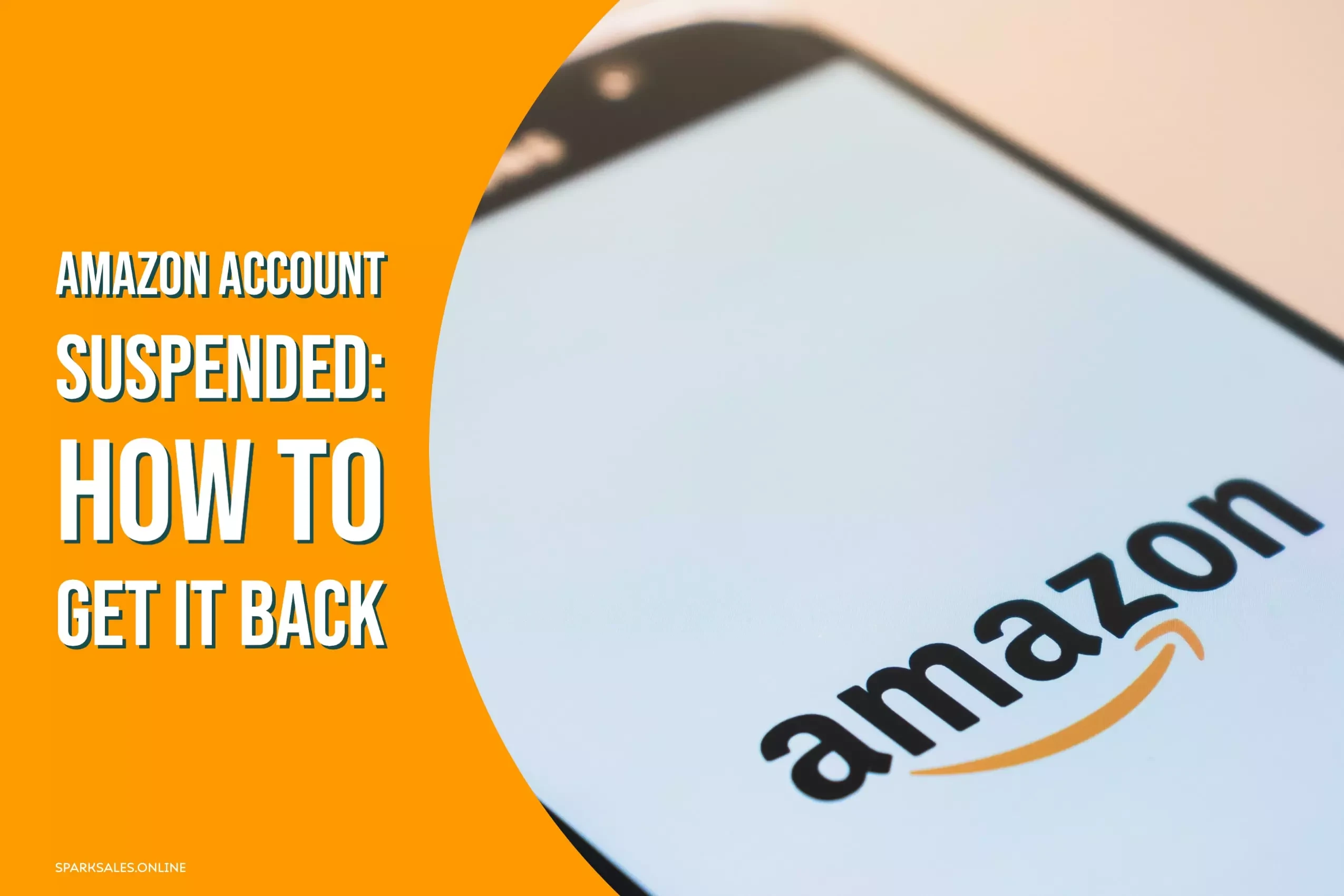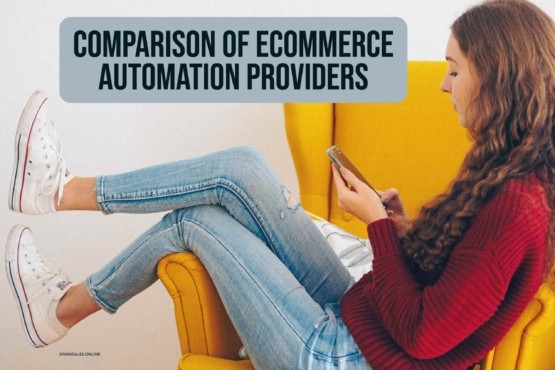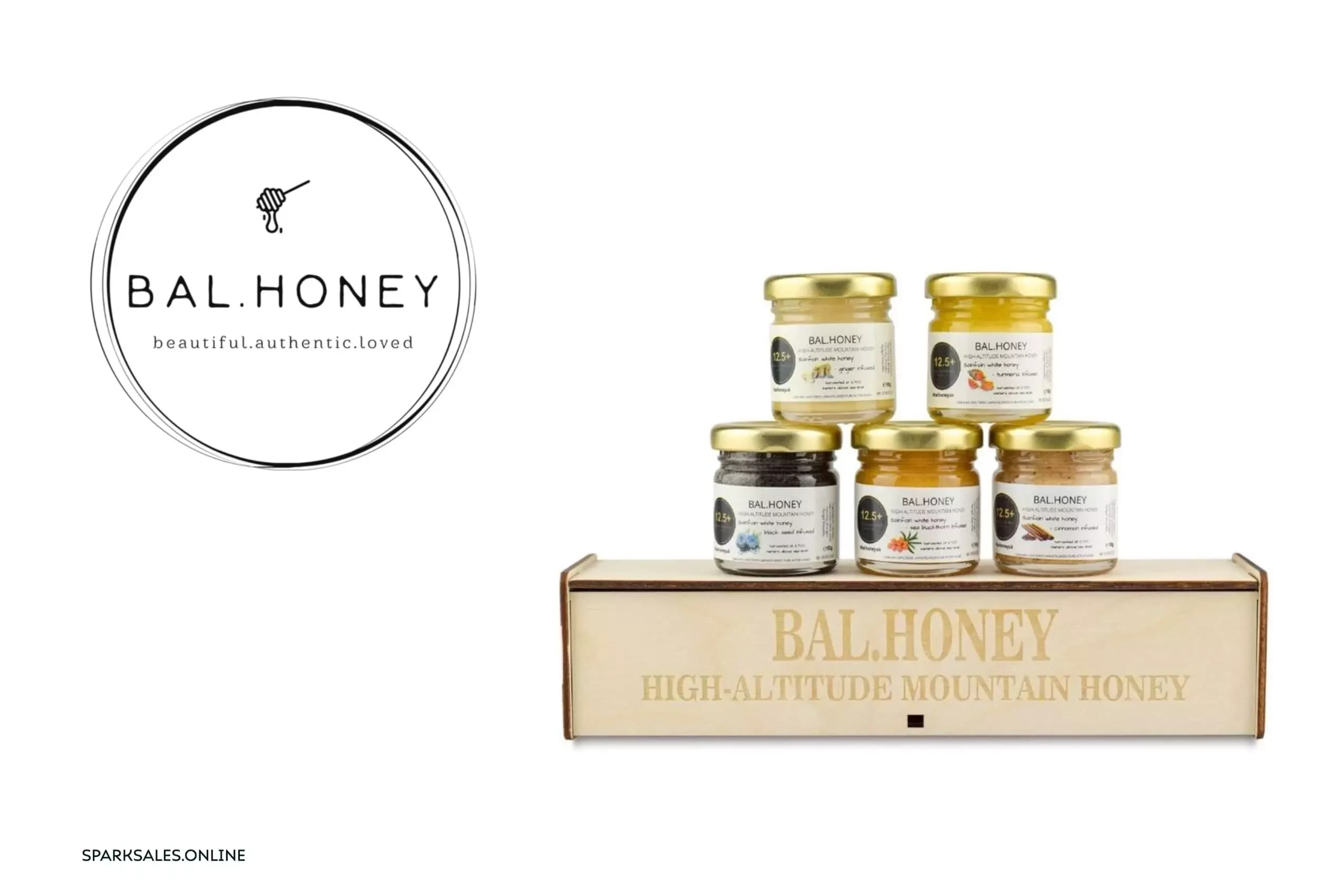Micro influencer campaigns can help your business reach new audiences and take advantage of lower marketing costs. This concept is almost identical to traditional influencer marketing. It simply takes place on a smaller scale. While mega influencers typically publish sponsored ads that feel inauthentic, micro influencers often create content that comes across as one close friend speaking to another.
In this article, we answer your most pressing questions about the micro influencer UK industry, including:
- What’s a micro influencer?
- How are micro-influencers different from traditional influencers?
- What is micro influencer marketing?
- How do I create a Micro Influencer Strategy?
By the end of this article, you should have a clear grasp of this innovative marketing tool. From here, you will be empowered to reach out to micro-influencers and grow your brand.
What is a Micro Influencer?
Our micro influencer definition is any individual with 1,000-10,000 followers on social media. People with smaller audiences usually have higher engagement rates than those with hundreds of thousands of followers. This indicates that micro-influencers are particularly trustworthy within their niche – their followers rely on them to deliver valuable content. Partnering with creators in these specialized areas will connect your business to new customers.
Micro-influencers are in a league of their own. They aren’t like their celebrity counterparts who receive tens of thousands of dollars for a sponsored post with professional level production. Additionally, micro-influencers typically choose to work only with brands that align with their personal interests/branding. As such, they can provide hyper-valuable content to their niche audience and have a real impact with every post.
For example, a non-toxic beauty influencer might only have 3,500 followers but their posts of product recommendations have a 90% engagement rate. Meanwhile, a globally known creator with 500,000 flowers only reaches about 5% of their audience when they create similar content.
Yes, the mega-influencer reaches still reaches more people, but that doesn’t mean they are the more effective option. Let’s see why.
How are Micro-Influencers Different from Traditional Influencers?
Partnering with influencers aims to leverage the trust an individual has with their audience. This is true whether you choose to work with someone with a large or small following. Consumers want someone they are familiar with to make recommendations and show them how a product or service works. Many people see influencers as a friend they can rely on to look out for their best interests.
However, influencers with hundreds of thousands of followers cannot look out for everyone’s best interest. Large groups of people have vastly different needs. As such, partnering with a mega-influencer could mean you pay a large sum of money to advertise to the wrong people.
Extremely popular influencers often use their follower count to set their rate for brand deals. The more followers they have, the more expensive their sponsored posts are. While this would be a great investment if each one of their, say, millions of followers engaged with the content, Instagram has an average engagement rate of 3.21%.
Smaller, highly engaged audiences indicate a tight-knit internet community. This makes a micro-influencer partnership incredibly valuable to brands that are looking to increase brand awareness. Instead of hoping an internationally known influencer impacts a handful of people in a few countries around the world, you can target a specific group of people who are very likely to enjoy your product. Micro-influencers want to share your offering with their community because they have experienced the benefits first-hand and want their followers to do the same. As 34% of daily Instagram users have bought something because an influencer recommended it and 70% have used the platform to learn more about brands, influencer marketing is a must for businesses today.
What is Micro Influencer Marketing?

What is Micro Influencer Marketing?
Micro-influencer marketing is when brands connect with individuals who have fewer than 10,000 social media followers and ask them to promote a product or service. This type of relationship allows businesses to take advantage of the creator’s tight-knit internet community, established trust, and highly engaged audience.
This type of marketing strategy helps your brand come across as more authentic to consumers. You aren’t trying to convince anyone that they can live an unattainable lifestyle if they purchase your product (which is what mega-influencers often do). You are communicating through a reliable source that you have a real solution to a pain point.
How to Create a Micro Influencer Strategy
Creating a micro influencer strategy to increase brand awareness doesn’t have to be difficult. Here are 3 quick steps, so you can start today.
1. Set Goals
Set a few specific and measurable goals. Here are a few ideas:
· Grow brand awareness and engagement (measure with follower count and engagement rates)
· Launch a new product (increase product awareness and build consumer trust)
· Create new and exciting content for your audience (spend less time creating content and have videos that you can reuse later)
· Increase sales on a specific product or service (sell a certain amount by a certain date and increase average order price)
2. Determine Your Budget
Some influencers are willing to create sponsored posts in exchange for a free product. However, this should not be assumed. It’s important that creators feel like you appreciate their time and effort – and you’re willing to pay for it. Determine how much your business can afford and use your goals to measure that number against the value of the partnership.
3. Find your Micro-Influencers
Find people who are already talking about your brand. Type your name into the search bar on different social media platforms and reach out to someone who is actively involved in your niche.
Here are three important factors to keep in mind during your search:
· Engagement rates. Ask potential partners what their engagement rates are. If they don’t have an analytics tool, ask them to estimate the average likes, shares, and comments on each post.
· Views, reach, and impressions. This factors in how many people see an individual’s content without taking action (liking, sharing, etc.)
· Content type and category. This is likely something you will be able to determine on your own. If you aren’t sure of an influencer’s niche, you might want to remove them from your list of candidates. The more obvious which category they are in, the easier it will be to sell to their specialized audience.
Final Thoughts
Leveraging smaller audiences will allow your brand to take advantage of highly engaged audiences that trust a particular influencer and save a significant amount of money on marketing costs. When you need help creating a solid marketing strategy that considers these factors, Spark Sales Online can help! Contact us today to get started.
